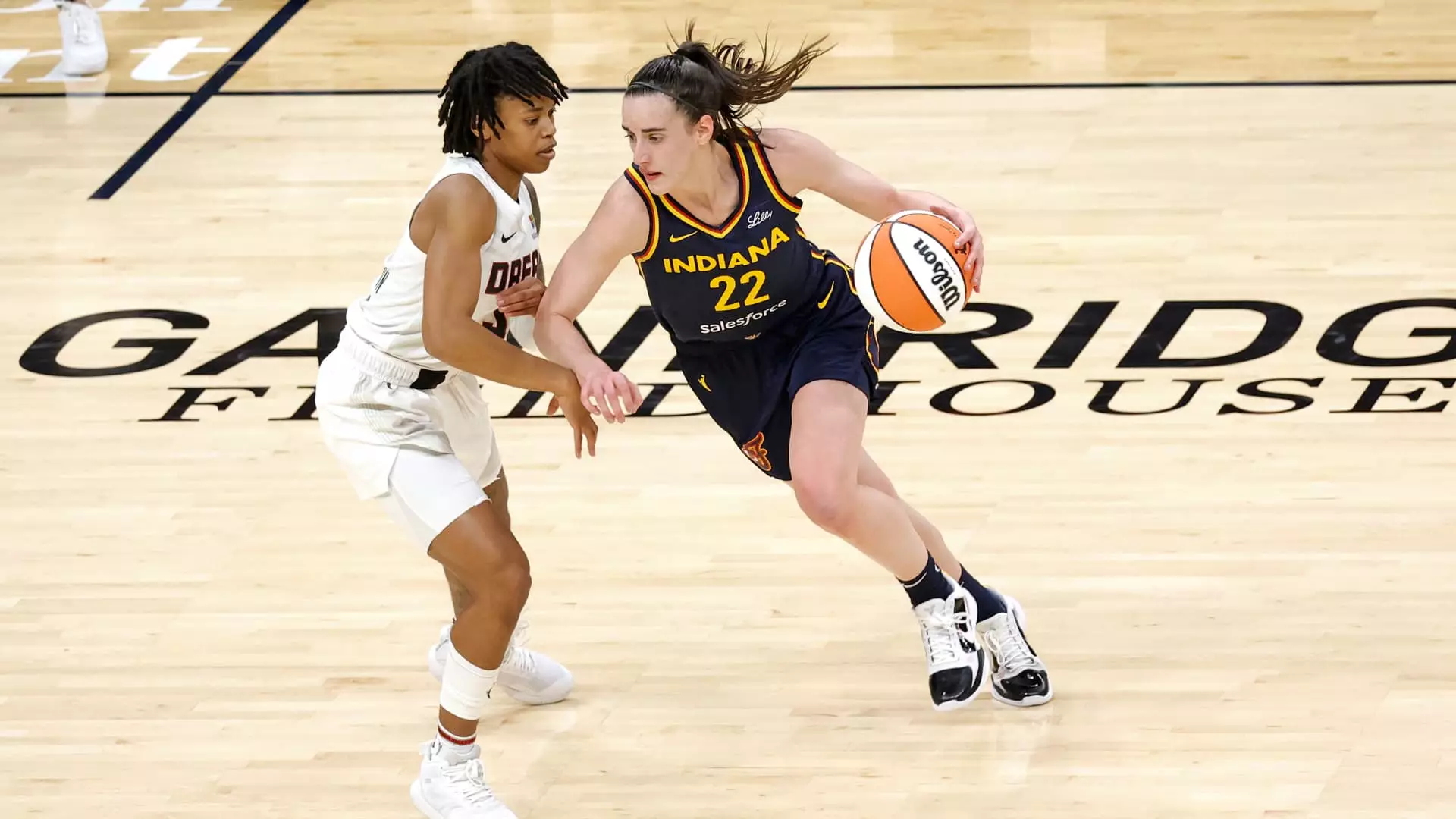The Women’s National Basketball Association (WNBA) witnessed a remarkable surge in viewership and attendance during the 2024 season, signifying a pivotal moment in women’s sports. Several factors contributed to this increase, with standout performances from young stars like Caitlin Clark and Angel Reese capturing the imagination of fans and attracting new audiences. According to official data shared by the WNBA, viewership reached an unprecedented 54 million unique spectators across multiple broadcast platforms, including major networks such as ABC, ESPN, CBS, and NBA TV.
This represents the highest viewership in the league’s history, a reflection of the ongoing transformation in how women’s sports are perceived. While attendance figures also soared—hitting a two-decade high—the league reported almost a 50% increase from the previous year. The notable jump in attendance was highlighted by the 154 sellouts throughout the season, overshadowing the mere 45 sellouts recorded in 2023. This enthusiasm around the league not only marks a victory for women’s sports but also indicates that a broader cultural shift is taking place in the sports industry.
The influx of new talent has clearly injected vitality and excitement into the WNBA. Caitlin Clark, plying her trade with the Indiana Fever, and Angel Reese of the Chicago Sky emerged as transformative figures in the sport. Their performances have not only elevated their teams but also contributed significantly to increased game-day attendance, particularly for the Fever, which recorded an astounding fourfold rise in attendance. Such statistics point toward a growing engagement with the league, particularly among younger fans who identify with these fresh faces.
This season’s top rookie class and an ongoing battle for dominance—with the Las Vegas Aces aiming for a third consecutive championship—generated intense narrative arcs that drew in a broader audience. The excitement and unpredictability of the matches have created a buzz around the league that traditional sports fans can’t ignore.
The WNBA’s growing popularity is also reflected in its new media rights deal. The league recently secured a lucrative 11-year contract worth $2.2 billion, confirming its robust market position amidst escalating fan engagement and heightened competitive spirit. As the league continues to expand—subsequently announcing the addition of a 15th team in Portland set for 2026—it’s evident that stakeholders see this momentum as an opportunity for further growth.
During the 2024 season, telecasts for WNBA regular-season games averaged over a million viewers, marking a significant increase from previous seasons. Notably, this season has also showcased several record-breaking games, especially on platforms like ESPN. In fact, the seven most-watched WNBA games of all time aired this season, indicating that not only is viewership increasing, but it is also reaching unprecedented highs.
However, the surge in popularity has not come without its challenges. As the spotlight on the league has intensified, players reported increased incidents of online harassment and racism, an unsettling aspect overshadowing their achievements. WNBA Commissioner Cathy Engelbert faced criticism for her initial non-condemnation of hateful rhetoric directed towards players, though she later reaffirmed her stance against all forms of hate. The dichotomy of rising visibility and abuse highlights an urgent need to address these issues for players, as they navigate newfound fame in an often hostile online space.
As the WNBA embarks on the next chapter of its evolution, the data from the 2024 season paints a promising picture. With elevated viewership, increased attendance, and a wealth of emerging talent, it is clear that the league is poised for sustained growth. The combination of an engaged fanbase and strategic partnerships will likely continue to influence the league’s trajectory.
As it stands, the WNBA is not just a sports league; it is a cultural force striving to break barriers. As they head into the playoffs, the unmatched energy surrounding the teams could inspire future generations of players and reshape the landscape of women’s sports. The WNBA is undeniably on the cusp of something monumental, and the world is watching.

